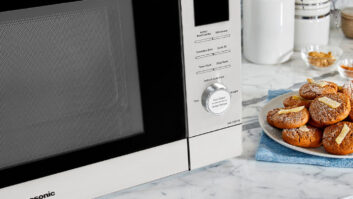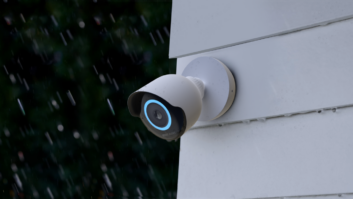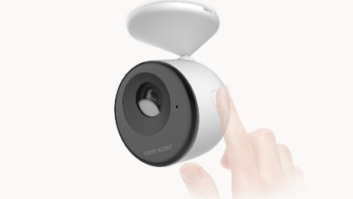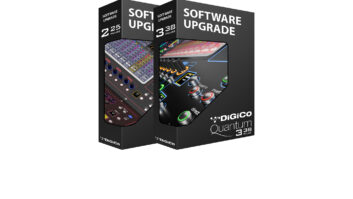Panasonic introduced its first full-featured SD camcorder, becoming the second manufacturer to offer a form of solid state recording on a high-end consumer camcorder.
The SDR-S100 records video directly to SD memory cards but unlike the company’s D-Snap line of MPEG-4 recorders, the SDR-S100 is being positioned as a “real video camcorder,” said Rudy Vitti, national marketing manager, Panasonic. The company has used SD cards in its professional-level broadcast recorders.
To give the SDR-S100 its camcorder bona-fides, Panasonic packed it with its 3CCD technology, a 10x optical zoom with optical image stabilization, a 2.8 inch wide-angle LCD screen and a newly developed MPEG-2 engine, which the company claims increases the quality of recorded video while keeping the file sizes manageable. It can also snap 3.1-megapixel still images.
Recording at the highest quality setting using the included 2GB SD card, the S100 can store 25 minutes of video. Recording in the next highest setting, which the company compares to the quality recorded by a DVD camcorder, the S100 can hold 50 minutes of footage on a 2GB SD card.
Using SD memory bestows several advantages, said Akiko Fukui, sales and marketing, Panasonic. It offers the ability to perform non-linear editing in the camcorder; it quickens the speed of transferring video to a PC; it results in a smaller form factor model; and it allows for a faster start-up time (1.5 seconds), compared with tape-based or hard-disk-based camcorders.
Flash memory also offers superior shock absorption vs. a hard-disk-based model, Fukui said.
The camcorder is capable of recording in 4:3 or 16:9 aspect ratios and offers USB 2.0 high speed connectivity.
The SDR-S100 will bundle MotionSD Studio software for creating and burning DVDs. It will ship in October with a suggested retail price of $1,199.95.
The S100 is an evolutionary step for video recorders, Vitti said. “They key is to get people to take more video, to appeal to new consumers.”













